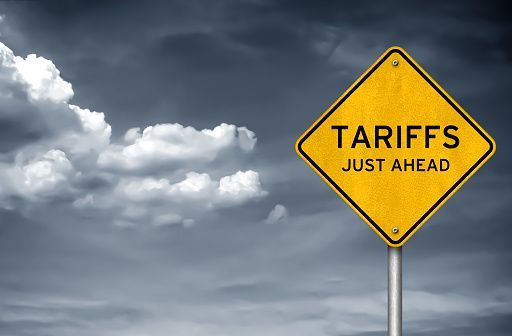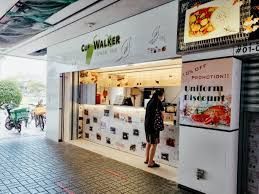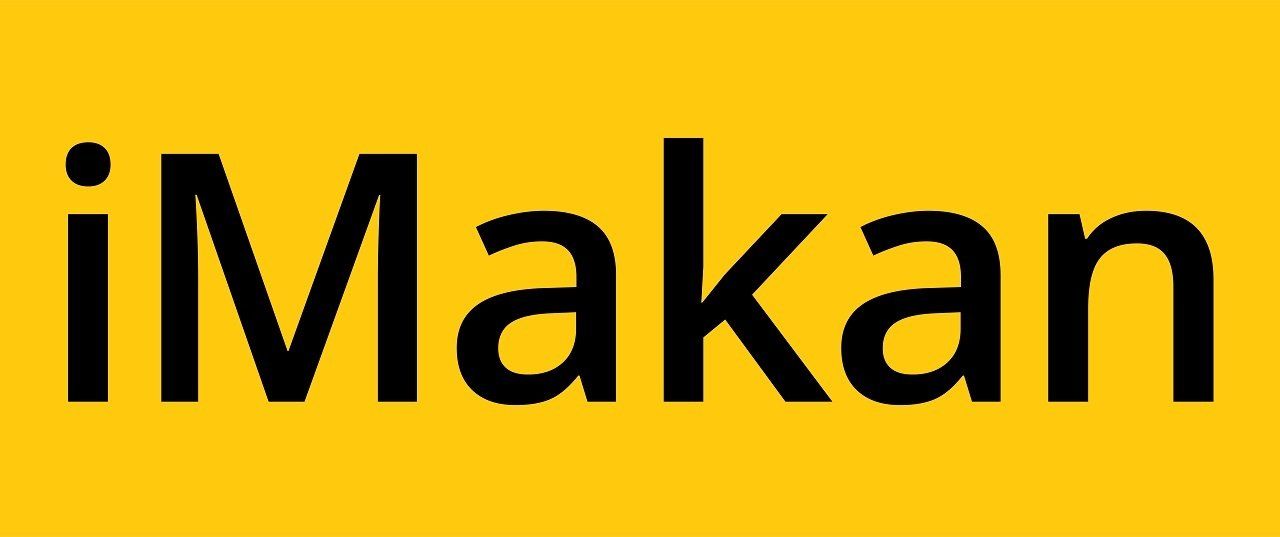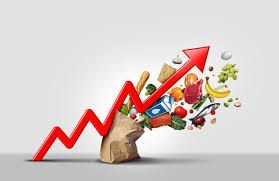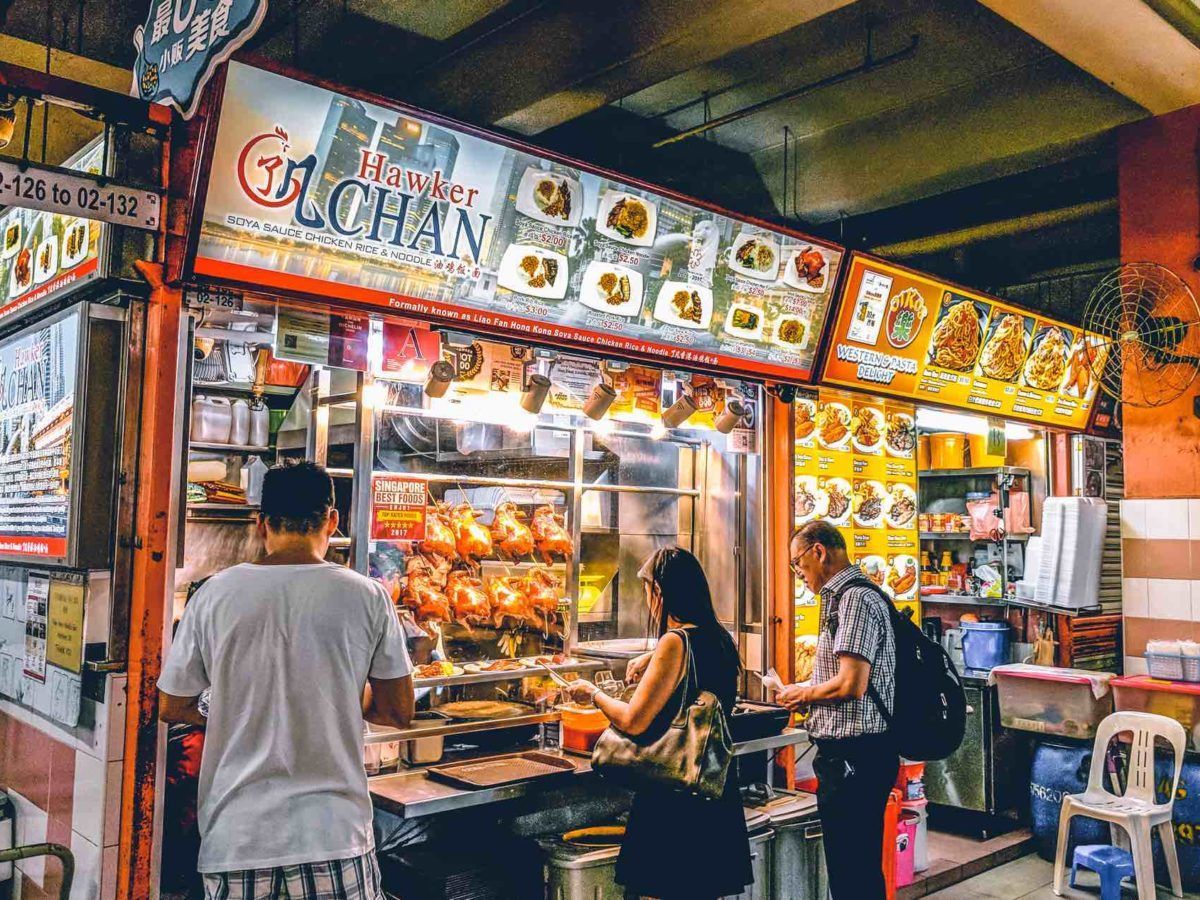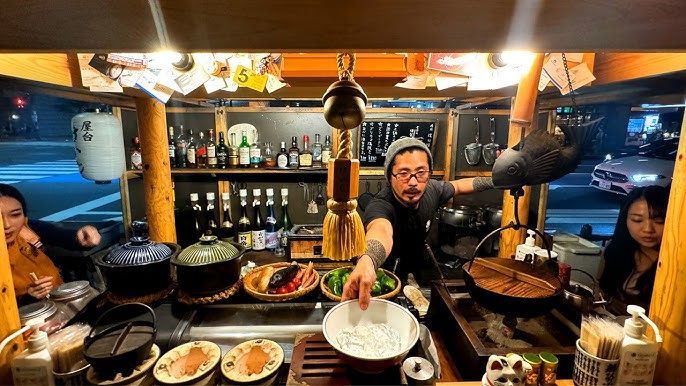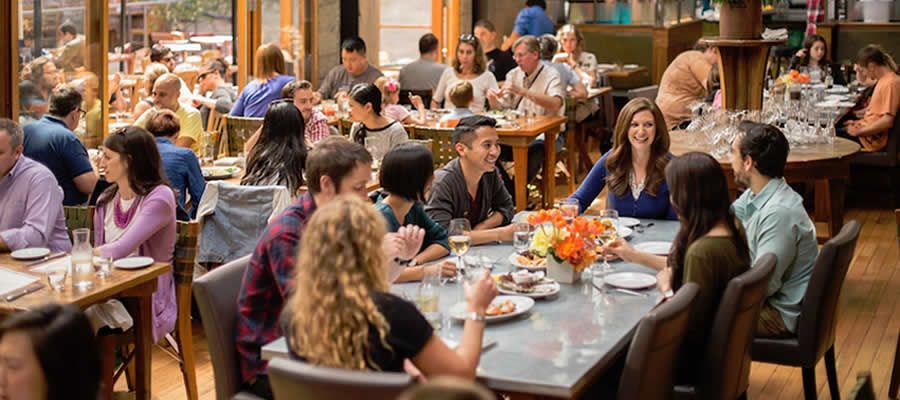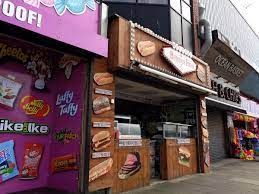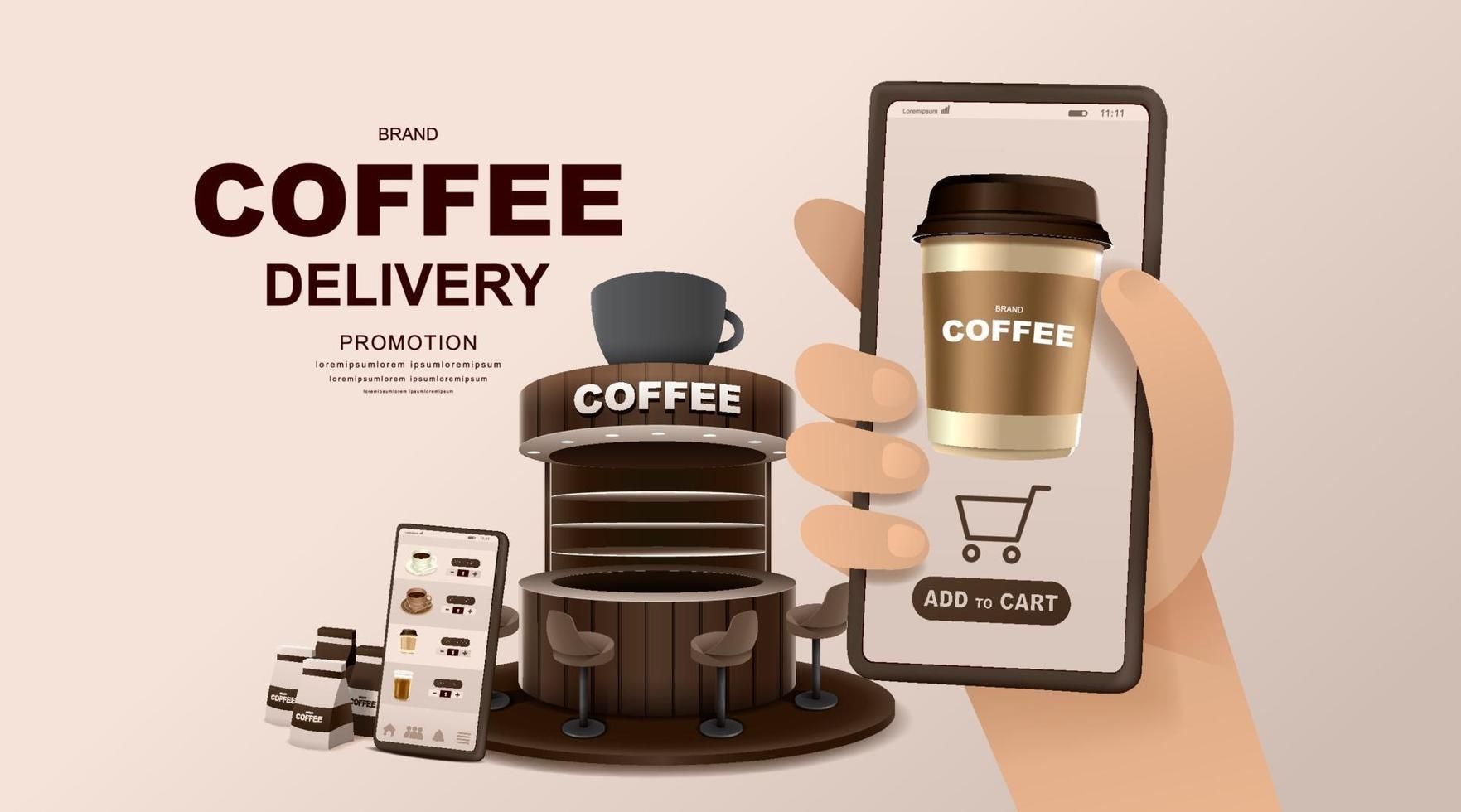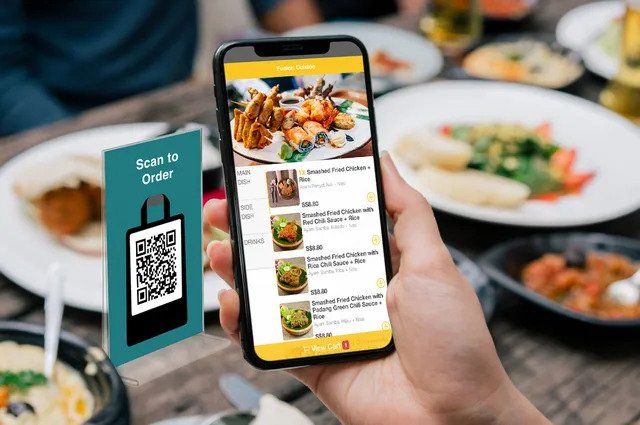In the competitive world of the food and beverage industry, having a well designed menu is crucial for attracting customers and achieving success. A well-designed menu not only showcases your offerings but also influences customer choices and enhances their overall dining experience. By incorporating menu design techniques, understanding menu psychology, and leveraging modern technologies like self-ordering kiosks and QR ordering, you can create a menu that leaves a lasting impression on your customers. In this article, we will explore some valuable tips and tricks to help you craft a menu that sells for your F&B business.
Menu Design: Make it visually appealing
The first step in creating an irresistible menu is to focus on its visual appeal. Use high-quality images that showcase your dishes in an appetizing way. Incorporate an attractive layout with clear sections and headings to enhance readability. Choose fonts and colors that align with your brand identity and evoke the right emotions. A visually appealing menu can capture customers' attention and stimulate their appetite.
Menu Psychology: Strategic placement and descriptions
Understanding menu psychology can greatly influence customer choices. Use strategic placement techniques to draw attention to certain items, such as placing high-profit items in prime spots or using visual cues like boxes or borders. Employ persuasive language in item descriptions, highlighting unique ingredients, flavors, or cooking techniques. Incorporate storytelling to create a connection between the dish and the customer, making it more enticing.
Cater to Customer Preferences: Variety and customization
Offer a diverse range of options to cater to different customer preferences. Include vegetarian, vegan, gluten-free, or allergy-friendly choices to accommodate various dietary needs. Additionally, consider incorporating customization options that allow customers to personalize their meals. This not only provides a sense of control but also enhances customer satisfaction and encourages repeat visits.
Emphasize Value: Pricing and promotions
Clearly communicate the value proposition of your menu items. Use pricing strategies that align with customer expectations and market standards. Highlight any special promotions or discounts to create a perception of value. Incorporate combo meals or bundle offers to encourage upselling and increase the average customer spend.
Modern Technologies: Self-ordering kiosks and QR ordering
Incorporating modern technologies like self-ordering kiosks and QR ordering can enhance the overall dining experience and streamline operations. Self-ordering kiosks allow customers to browse the menu, customize their orders, and make payments conveniently. QR ordering enables contactless ordering and payment through customers' smartphones. By leveraging these technologies, you can improve efficiency, reduce wait times, and provide a seamless ordering process.
Highlight Signature and Special Items
Give special attention to your signature dishes or unique offerings. Highlight them prominently in your menu to create a sense of exclusivity and intrigue. Use enticing descriptions to captivate customers' curiosity and encourage them to try these standout items. This not only adds excitement to the menu but also helps differentiate your F&B business from competitors.
Seek Feedback and Continuously Update
Regularly seek feedback from your customers to understand their preferences and improve your menu offerings. Analyze sales data and customer reviews to identify popular items and make informed decisions about menu updates. Stay updated with food trends and seasonal ingredients to keep your menu fresh and appealing.
Conclusion
Creating an irresistible menu is a vital aspect of achieving success in the F&B industry. By focusing on menu design, understanding menu psychology, catering to customer preferences, emphasizing value, incorporating modern technologies, and highlighting signature items, you can craft a menu that captures customers' attention and enhances their dining experience. Continuously seek feedback and make necessary updates to stay relevant and meet evolving customer demands. With a well-designed and enticing menu, you can attract customers, drive sales, and establish a strong foothold.
Interested to get self ordering solutions such as self ordering kiosks and QR ordering for your F&B business? Click
here to speak with us today!
